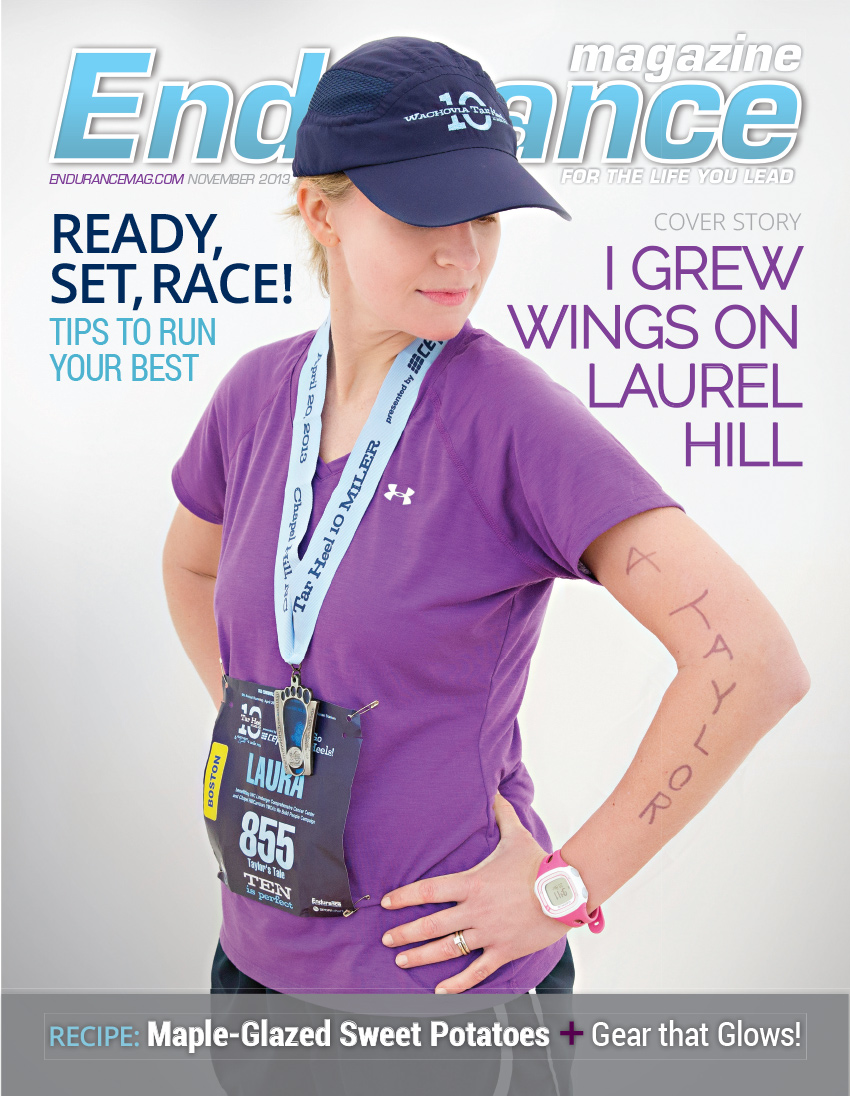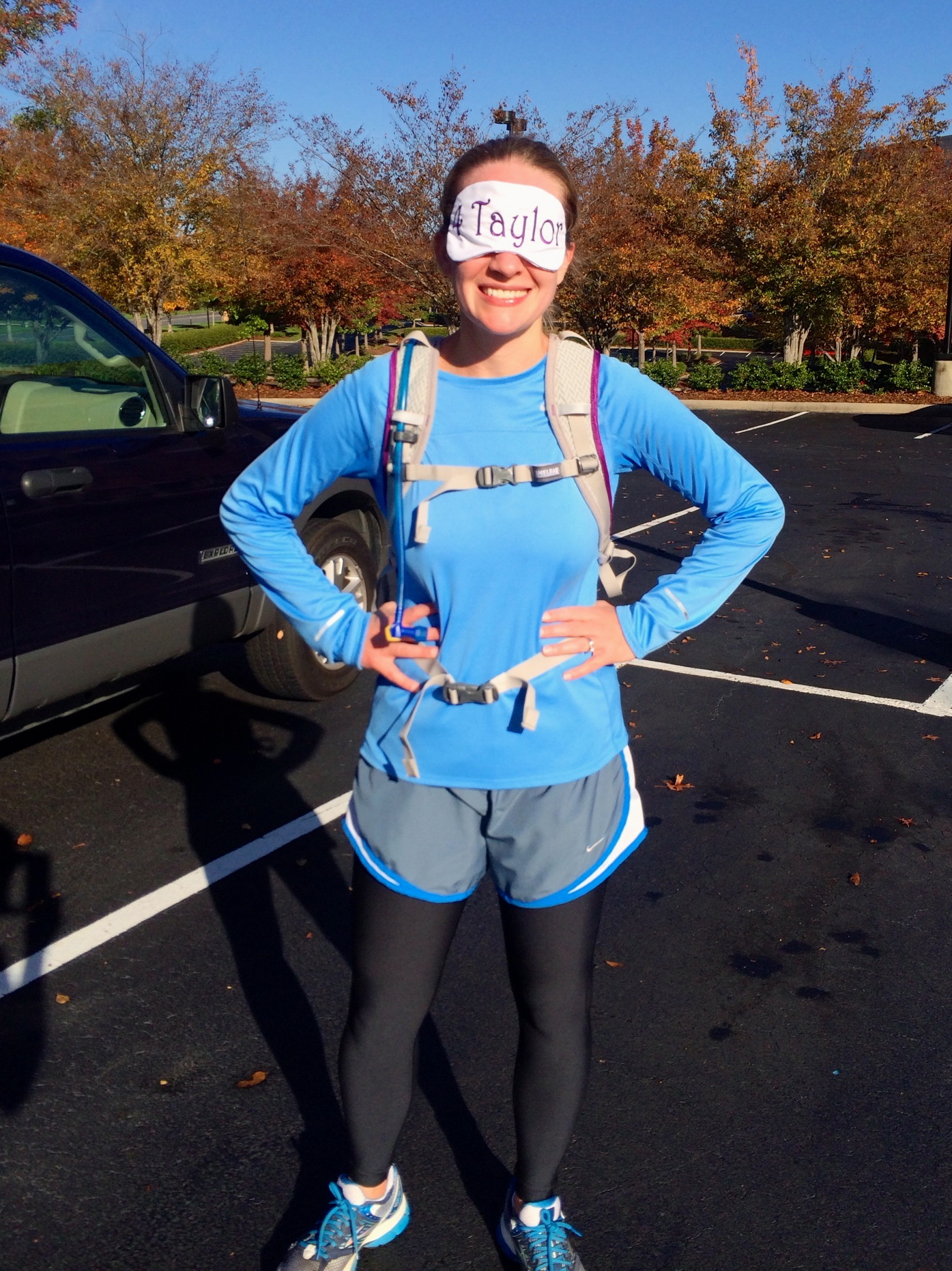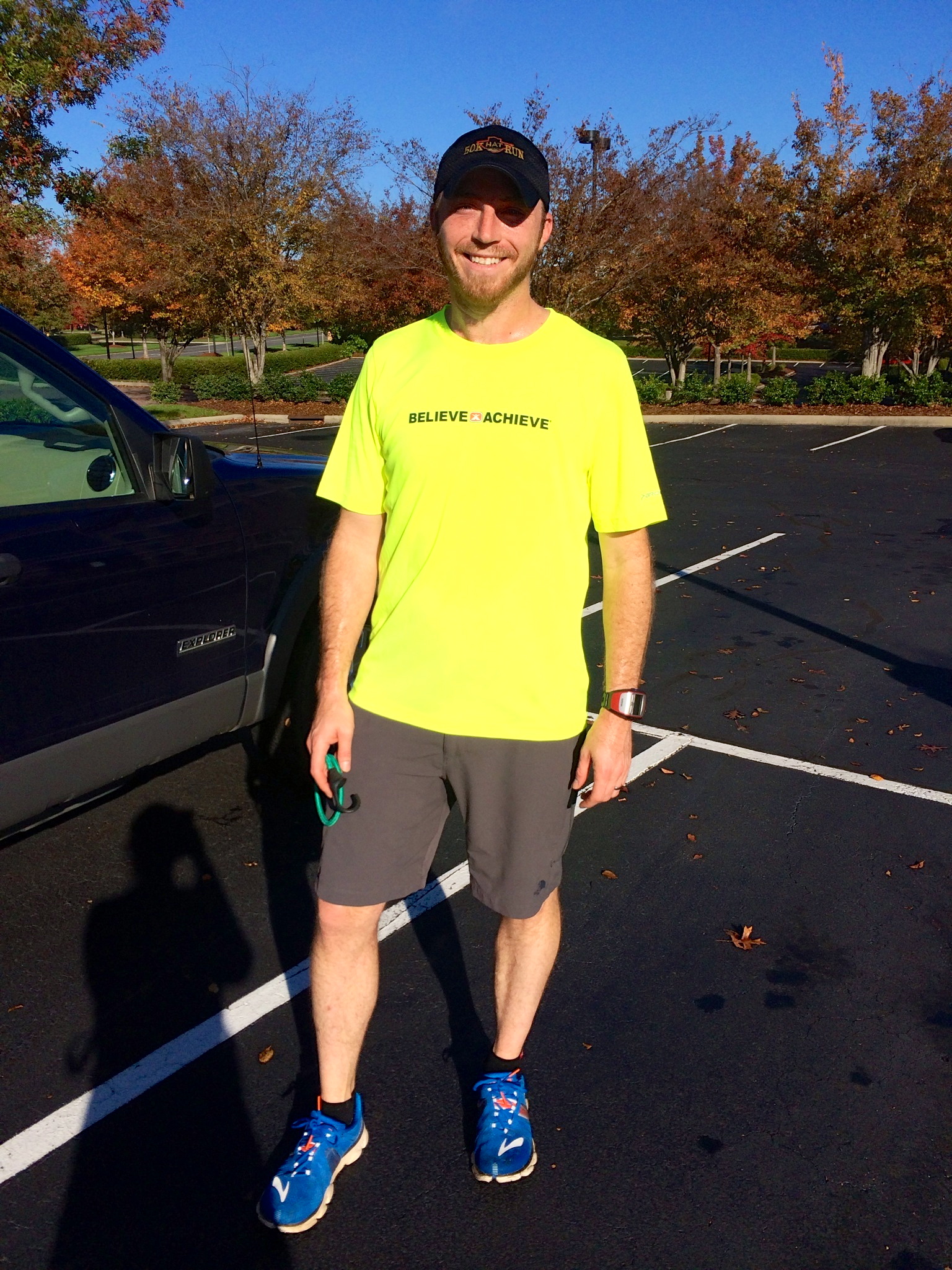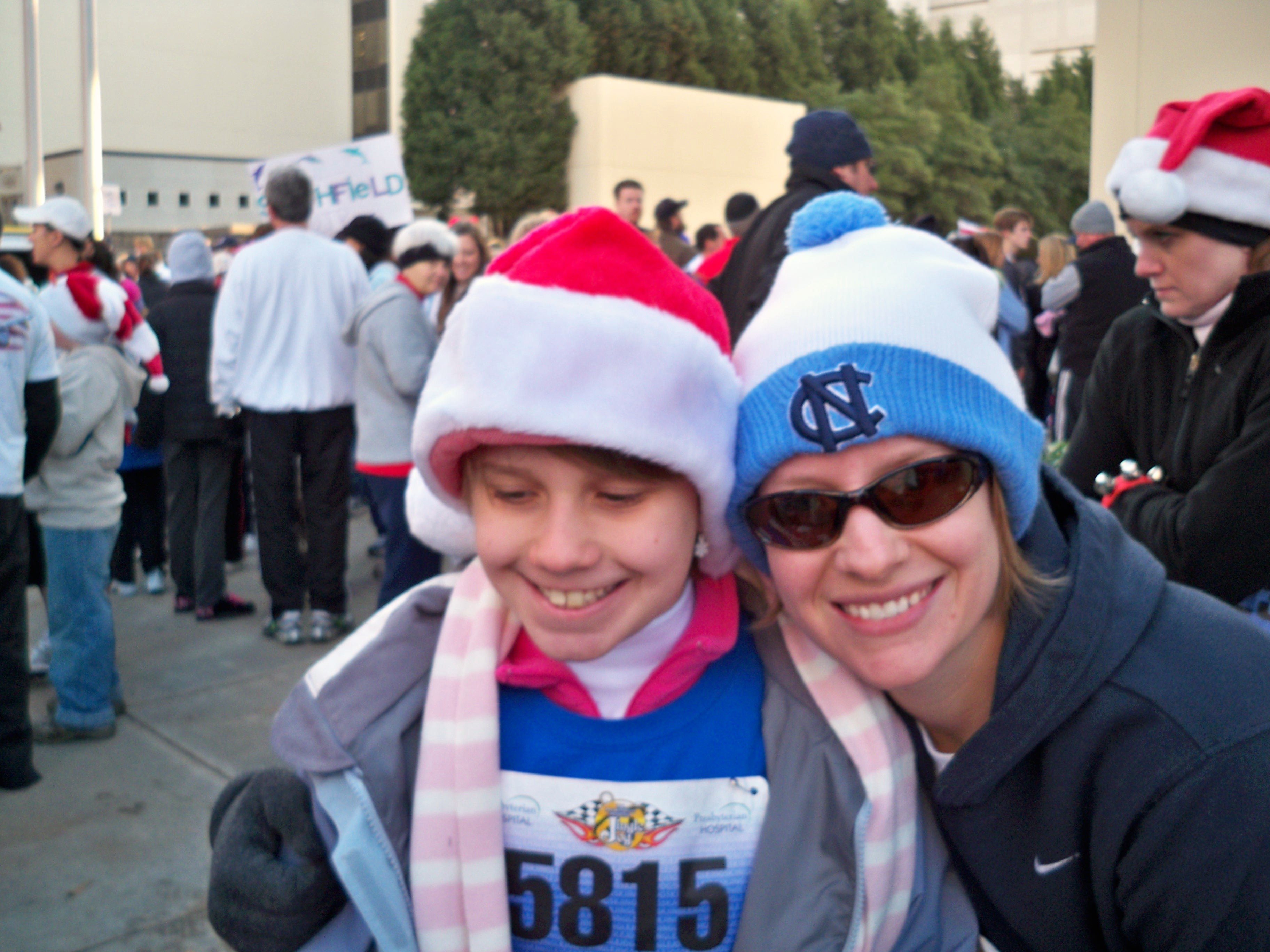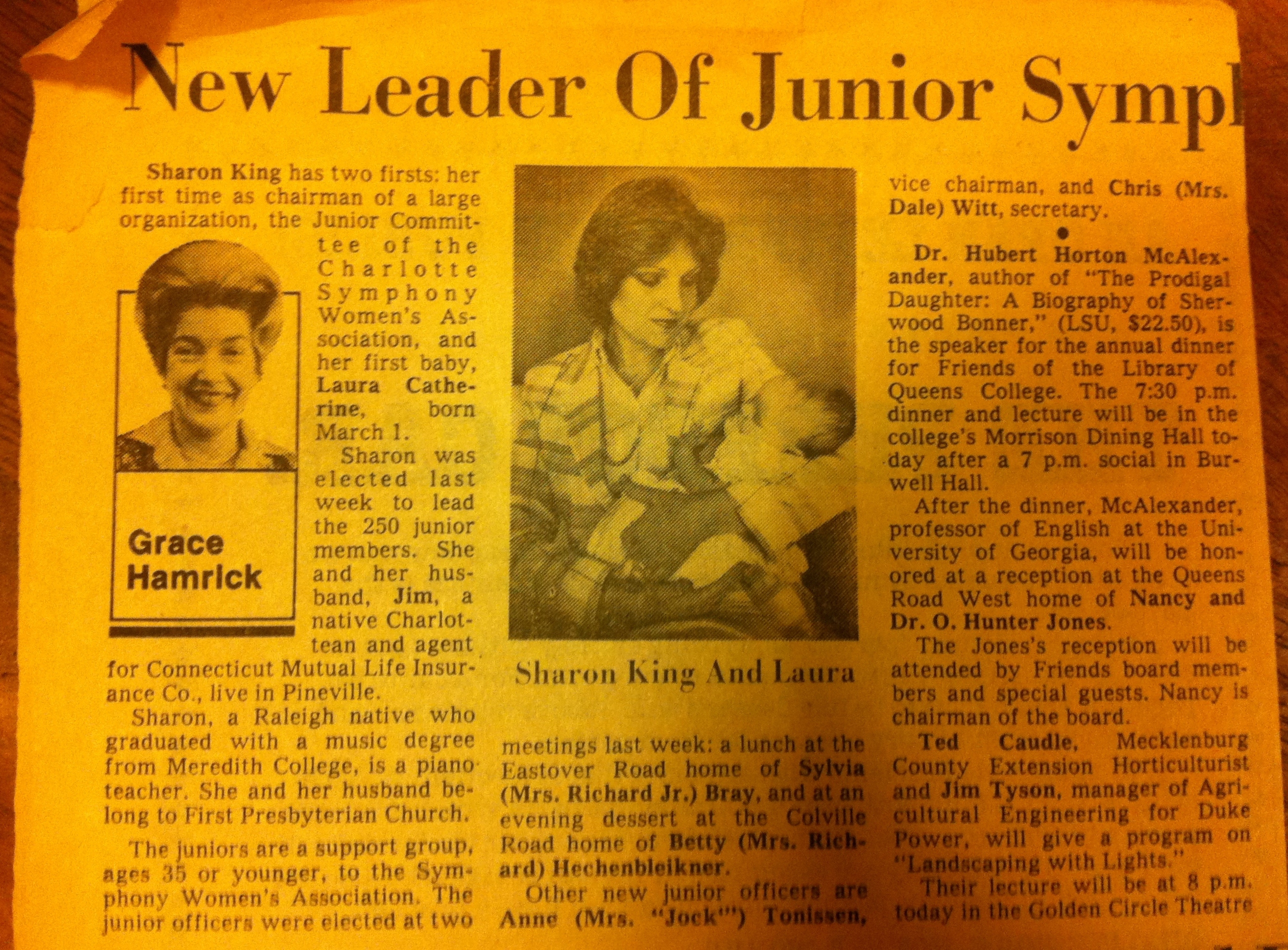Yesterday, the Harris Family YMCA, my neighborhood gym, celebrated Bryant Graeber Day when Bryant, the Y’s friendly greeter, welcomed his one millionth guest.
I run 20 to 30 miles a week and log most of my miles outdoors, but when bad weather strikes or the weight machines call my name, I head to the Harris Y. And on many of my visits to one of Charlotte’s busiest gyms, I’m greeted with Bryant’s beaming face. Whether I’ve had a bad day or fought 10 people for a parking spot in the congested lot, Bryant’s optimism can make all my worries melt away.
Bryant, like my sister Taylor, was born with a lysosomal storage disease, a rare, inherited metabolic disorder that results when the lysosome – a specific part of the body’s cells – malfunctions. People with lysosomal storage diseases are usually missing an essential enzyme needed to break down fats, sugars or other substances. Bryant has MPS1, which causes the unwanted buildup of sugar in every organ of his body.
When Bryant was 14, he and nine other teens participated in a clinical trial for enzyme replacement therapy (ERT) at UCLA. The therapy Bryant received got FDA approval four years later. It’s not a cure, but the therapy Bryant continues to get weekly slows the progression of MPS1, improving his quality of life and extending his life.
To Bryant, I’m just one of thousands of Harris YMCA members he’s greeted over the years. Because he has a kind heart and a real love for what he does, he treats me as if I’m his only guest every time I come through those doors. But my husband, John, who worked at the Y for more than a decade, developed a real friendship with Bryant. My mom, Sharon, the fearless leader of Taylor’s Tale, built a friendship with Bryant’s mom, Melissa, like herself a tireless advocate for the rare disease community and treatments like the one Bryant received – treatments the world’s great scientific minds can conjure yet our system as it exists today too rarely allow to come to fruition to help the people who so desperately need them.
Bryant’s life is a miracle, but if we committed to doing more with the science we already have, stories like Bryant’s would become more commonplace. I think every day should be Bryant Graeber Day, and I hope the light he brings to the world each and every day serves as a reminder of why NO disease is too rare to get our very best fight.
Question: Do you work out at Charlotte’s Harris YMCA? If so, have you ever been greeted by Bryant Graeber? How has he changed your life? Let me know in the comments below.

